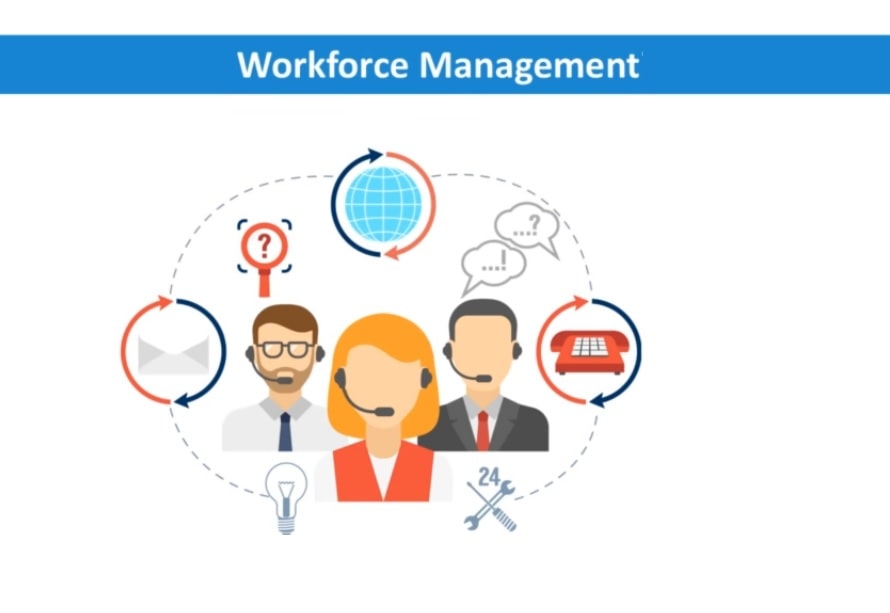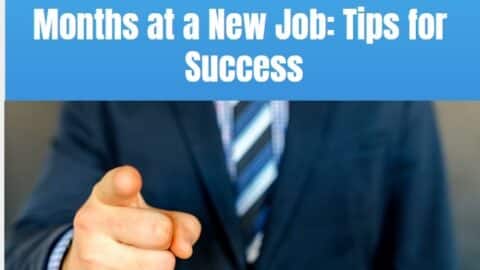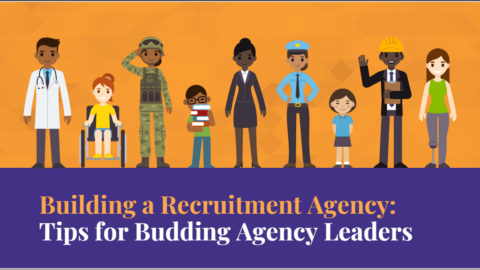Mastering the Art of Recruiting and Managing a Hybrid Workforce in 2023
Exactly three years ago, the traditional concept of white-collar working was challenged as the pandemic gripped the world. Organizations of all sizes, across industries, were forced to adapt rapidly as movement was restricted and people were encouraged to stay at home as much as possible. Three years later, and hybrid workforce and working no longer a knee-jerk reaction to an unprecedented event. It is, in many cases, an expectation of employees who seek a more flexible work-life balance. As well as employers who can take advantage of reduced overheads and the potential to employ world-class tech talent without being restricted by borders.
Table of Contents
This alone has made the challenge of finding and keeping niche roles such as data engineering jobs and JavaScript jobs a nationwide, or even global, affair. However, in order to successfully recruit and manage a hybrid workforce it may be necessary for leaders to discard their traditional, office-centric management styles for something a little bit more flexible.
Addressing productivity paranoia
The events of 2020 saw people launching themselves and their businesses into enforced hybrid workforce and working mode. Much of that involved seeing the traditional office model transposed into a home-working environment. While that allowed organizations to survive through unprecedented times, many did just that. With the restrictions and expectations of in-office working preventing them from thriving. There was also, understandably, a significant amount of paranoia around productivity. One study by Microsoft indicated that while 87% of employees felt they were productive while working remotely. Almost the same number of leaders – 85% said that hybrid workforce made them uncertain of employee productivity.
By addressing productivity paranoia on the employers’ side and placing clear priorities and expectations from the employees’ side, it is possible to ensure that productivity remains as high – and most likely higher- for a hybrid working model as it ever was pre-pandemic. In fact, with half of employers reporting to be approaching burnout. A hybrid work model could be the key to helping employers and employees to identify what is important (as well as what is not). And devise a way of working that safeguards mental health while promoting optimal productivity.
It is a bad leader that praises the less productive staff member who spends their time talking or at the water cooler, over the person who gets their work done quickly and effectively. One way to move away from productivity paranoia is for employers to stop counting clicks or screen time but focus instead on impact. So, work out what your priorities are as well as how you will measure them, and make those markers clear from the very beginning of the recruitment process. The resulting clarity will lead to a target-driven workforce that is justifiably acknowledged when they meet or exceed performance indicators.
Nowadays, it is easier than ever to find individuals with a results-driven mindset, particularly among young people who prioritize delivering outcomes over tracking the number of hours or days it takes to achieve them. Despite this, some businesses struggle to attract these individuals due to lacking resources or tools. However, many startup recruiting agencies offer top-notch services to help businesses find and onboard employees with the required skills and knowledge. These agencies can prove to be highly beneficial to businesses looking to build a dynamic team of driven individuals who can deliver results efficiently.
Embracing a hybrid work model
The temptation may still be to incrementally move from an office-based model to a more flexible, hybrid workforce one. However, fortune favors the bold and the most effective results will come when organizations jump straight in. By embracing a hybrid-first work model early in the process, organizations are likely to see higher rates of retention, engagement, innovation and productivity, as well as the associated reduction in overheads.
A successful hybrid workforce model will vary for different organizations and industries. However, examples of measures that promote optimal performance from a hybrid model include below.
- virtual coffee rooms to enable colleagues to have organic check-ins, which are invaluable for team building.
- remote asynchronous brainstorming so that everyone’s voice can be present. Regardless of where – or when – they work.
- weekly performance evaluations to assess performance against targets and quickly pick up (and fix) any potential issues.
- a plan to address proximity bias, so that all staff members are treated equally.
By embracing a culture focusing on excellence, rather than location, employers have the potential to discover talent and develop a diverse workforce of people who are able to thrive in an environment that suits their needs.
Recognizing the importance of colleague interactions in hybrid workforce
One of the greatest challenges of a hybrid working model is maintaining a strong team ethos. While some employees embrace their office life, others would be happy never to step foot in the office again. The challenge of assembling your team for certain times is around choice. Your software developer may find it easier to focus when at home. But your data scientist may thrive in an office environment. Making sure that they each have agency to choose where and when best suits their working framework is critical to ensure optimal buy-in and. Hence, optimal performance. While the aforementioned software developer and data scientist may be at extreme ends of the spectrum, most employees are somewhere in the middle. And it is usually colleague relationships that are the biggest pull into the office.
The key to getting all staff members into the office sometimes is, therefore, social capital. Have set team days where entire teams need to come in for a brainstorm. And get rewards appropriately (with lunch, refreshments, or an activity). Investing in these in-person sessions will be beneficial. As organic interactions and brainstorms tend to yield much better results than even the most brilliantly facilitated online interactions. This is particularly important for new starters who need time in the office to learn who is who and need to establish themselves within the office environment in order to develop.
Recruiting hybrid workforce well
The world of recruiting and managing hybrid workforce has transformed almost beyond recognition over the last half decade. And it will be interesting to see how that landscape changes in the future. Ultimately the art of developing a strong hybrid workforce is to bring existing staff onboard with the hybrid mindset. And recruit well to ensure a diverse staff base. Because there is only one way to achieve success. Wherever your talent resides or works, and that is by investing in your people.
Irwin Michael Reston is an expert who has more than 30 years of experience in optimizing businesses, inspiring individuals and improving human resources departments. He established the BlueLight Consulting Limited to provide learning and training service worldwide.










